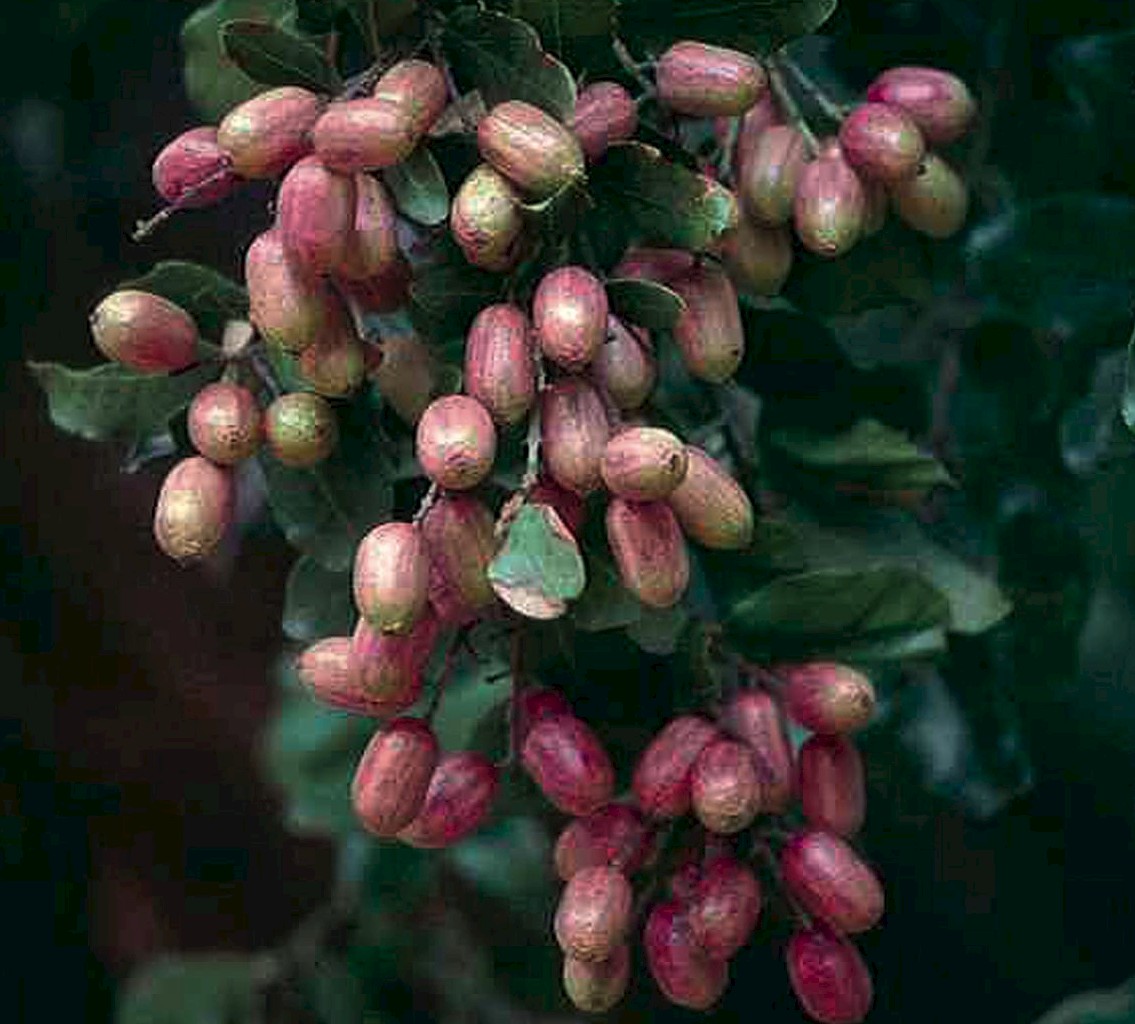Cryptocarya
Credits
Article from New Trees by John Grimshaw & Ross Bayton
Recommended citation
'Cryptocarya' from the website Trees and Shrubs Online (treesandshrubsonline.
Family
- Lauraceae
Cryptocarya comprises about 350 species occurring primarily in South America, Malesia and Australia, though with a small number in eastern and southern Africa and Madagascar. In addition, the Madagascan genus Ravensara Sonn. (approximately 30 species) should be merged with it. Cryptocarya species are evergreen trees or shrubs. The leaves are alternate or rarely almost opposite and pinninerved or triplinerved. Inflorescences are axillary, subterminal and paniculate. The flowers are small and rather inconspicuous, hermaphrodite and 3-merous. The tepals are deciduous or persist as minute fragments, and there are nine fertile stamens with a further whorl of short staminodes. The fruit is a globose or ellipsoid drupe, completely enclosed in a hard or fleshy receptacle (Rohwer 1993a).
The genus is not well known in cultivation and receives no mention in many standard works (for example, Huxley et al. 1992), but a few native species are occasionally grown in Australia (Ellison 1999). In addition to C. alba, described below, the only other species known to be cultivated in our area is the Chilean C. rubra (Molina) Skeels, of which there is a fine, broad-canopied specimen on a lawn in the San Francisco Botanical Garden.

